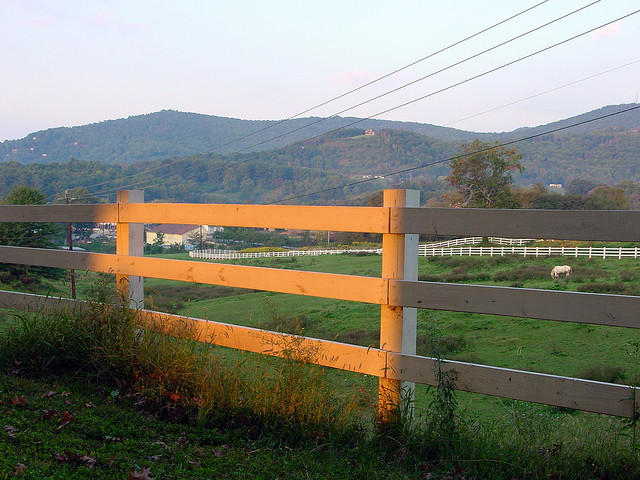In planning my lessons and the general shape of my course, there are a few things I have to take into consideration.
- The state curriculum
Since most of the students are in eighth grade, I generally follow the eighth grade curriculum. - The standards the program director wants implemented
Hands-on is what he suggests, and I try to make as much of my teaching “hands on” as possible. - The materials and facilities at my disposal
Our program is relatively new, and while there are plenty of teaching materials available to me, the facilities are somewhat lacking. To everyone’s relief, this is due to change within the year. - The worldview and experiences students bring into the classroom
Most of the young people in the program don’t necessarily see the importance of education. Further, because they’ve been thrown out of school, they do not have a lot of trust in the educational establishment, which I obviously represent to them.
For these first six weeks, I taught basic chemistry. It’s part of the state curriculum; it’s very hands-on; at the level I’m teaching it, the course doesn’t require a lot of materials.
Beginning tomorrow, I’ll be switching to social studies. If I follow the state guidelines, I’ll be teaching North Carolina history.
In both cases, I wonder I am (or will be) teaching anything useful to these kids. Who cares if they can tell how many protons a given element’s going to have in its nucleus? Who cares if they have a vague understanding of North Carolina history? How’s that going to help them in a future that likely doesn’t include college and might not even include a high school diploma?
Even more troubling is the thought that I’m not their permanent teacher. I — like the rest of the staff — want them all out of the program as fast as possible. That being said, shouldn’t I be teaching them things that will help them succeed better once they do return to “regular” school?
The frustration mounts when I consider the academic level of many of our “consumers” (as the kids have to be referred to in Medicaid reports). Sadly, not one is on grade level; tragically, several are two, three, even four years behind. And I could add perhaps “predictably” to those sentences: if they’re having problems coping with anger and frustration, problems with showing respect toward others, they’re certainly not learning very much.
Of course, the first obvious answer is to throw out the state curriculum, to some degree. Going strictly by the book is not going to reach these kids — the fact that they’re in our program to begin with is ample evidence of that.
Second, meet the kids where they are in their academic achievement and — most critical — interests. At the moment, I have groups of four students when everyone is present and accounted for. Sometimes, I have two students. That means I taylor something specifically designed for each student and monitor them all as they work.
There’s not much I can do about changing their worldview except by giving them an example of a different one. And so I try to be enthusiastic even when — indeed, especially when — they’re dead in their chairs.
Sometimes I feel that being an example is about all I can do — and that’s not meant as a comment about their inability, but mine.




